My 10 Memorable Chess Books
From when I was a beginner to when I became an IM
I’ve read over 150 chess books since I was a kid.
Here are the 10 books that helped my understanding, and just as importantly, love for the game grow on the way to becoming an IM.
Attacking the King (published in 1976), J. N. Walker
A book for beginners on, you guessed it, attacking the opponent’s king. 55 instructive games, and other snippets, presented as follows:
Part One: Searching for Checkmate
The young lion
The value of pieces in battle
Fire-power—the road to checkmate
Snap mates—executing the prisoner king
Checkmate!
Part Two: Building a King Attack
Attacking the king in the opening
Catching the king in the centre
Attacking the castled king
Storming the fortress—castling on opposite wings
The story-telling kind of writing style is perfect for kids, but the book is useful for any beginner in learning about checkmates and attacking in the opening and middlegame.
How to Become a Deadly Chess Tactician (2004), David LeMoir
I haven’t seen this book discussed much over the years, but it is a gem. LeMoir’s love for sacrifices, the initiative and dynamic play seep off the page, and it is such a fun read. The book is split into three main parts:
Chapter One: Motivation
LeMoir shows how dynamic play has evolved from the 19th to the 21st centuries before covering sacrifices like pawn sacs, exchange sacs and queen sacs through instructive classics and snippets.
Chapter Two: Imagination
‘Simple Silent Sacrifices’, deadly sacs which aren’t checks or captures (deflection, elimination etc.) are introduced, before ‘Complex Silent Sacrifices’ which
combine some of these, or are
thematic sacrifices in practice which prioritise the initiative over material.
Chapter 3: Calculation
LeMoir goes even deeper into the world of sacrifices and how to play dynamically to set up positions where combinations become possible, before concluding with a series of exercises on topics covered throughout the book.
Recommended especially for intermediate~advanced players, though beginners as well as more experienced players can also enjoy and learn from the book.
The Mammoth Book of The World’s Greatest Chess Games (1998), Graham Burgess, John Nunn & John Emms
This is probably the book (not just chess book) I’ve read and re-read the most in my life (evidence below).
In my 1998 edition, 100 of the best chess games in history from 1834 to 1997 were included. The latest edition has 145 games up to 2021.
This book made an indelible impression on me because it opened my eyes up to how deep the game of chess is. Not only could I admire moves that were played in the 19th century, I could read about who these players were and the background for the game. World Championship matches; grandmasters and past greats playing masterpieces in cities around the world I had never heard of before.
The games, as you can see above, are annotated in detail, another thing I encountered for the first time. Chess wasn’t just deep in the sense of having a rich history, through which players of the past, present and future were connected—each game was a whole world in itself, a titanic struggle between two minds, which could be explored for pages and pages through other moves that could have been played!
A must-read for chess fans.
Secrets of Modern Chess Strategy (1999) / Chess Strategy in Action (2003), John Watson
Books like LeMoir’s above can help the tactical side of your chess grow, while these two books discuss the strategic side of chess in depth.
From the first book:
Part One: The Refinement of Traditional Theory
Overview (The Nature of Middlegame Theory)
The Centre and Development
Minorities, Majorities, and Passed Pawns
Pawns: in Chains and Doubled Up
The Evolution of the IQP
Minor-Piece Issues
Those Radical Rooks
Royalty in Our Times
Assorted Topics
Part Two: New Ideas and the Modern Revolution
Overview (The Death of Chess Revisited)
Rule-Independence
Modern Pawn Play
The Modern Bishop
The Contemporary Knight
Bishops versus Knights 1: One-on-One
Bishops versus Knights 2: Minor-Piece Pairs
The Exchange Sacrifice
Prophylaxis
Dynamism: The Modern Difference
Time and Information
The Initiative Dance: Some Musings
The Modern Opening Reconsidered
Playing Modern Chess/Conclusion
Whew. That’s a lot of chapters (each with subchapters!), and this is just one of the books. Watson discuss all of these strategic themes in the contexts of history, rules and exceptions with countless instructive examples and explanations. I still remember many moves from this book I read nearly 20 years ago because they opened my eyes up to what was going on in all kinds of positions under the sun.
If you’re a tactical whiz but have no idea about the positional or strategic aspects of chess, or how they developed over the last century, these books are a great place to start (modern chess has perhaps, since the books’ publications, become more modern).
Chess: The Search for Mona Lisa (2001), Edward Gufeld
Edward Gufeld was a Soviet grandmaster who became an IM at 28 and a GM at 31, and was once ranked 16th in the world. He played The Mona Lisa game against Vladimir Bagirov, fianchettoed his kingside bishop in a million other games, and aside from playing, contributed to the chess world through his prolific writing and roles as coach and organiser.
While his brilliant games and annotations taught me a lot, the anecdotes and stories from a life dedicated to chess and traveling the world made an even larger impression on me. A life playing chess wasn’t just confined to the 64 squares, but all of the people you meet at tournaments, all of the places you visit on the way and all of the memories you make. From the Author’s Preface:
In producing this book, I hope to show all those who love chess that they too can have their special place in the chess world. They can do this not merely by striving for ever higher Elo ratings, but also through their contributions to chess as promoters, writers, journalists, teachers, coaches and chess organisers.
[…]
The meaning of our “search for the Mona Lisa”—our permanent striving to create aesthetic beauty over the chessboard—can be understood in this light. Successful sporting results will guarantee us Elo ratings that reflect our competitive ambitions, but all of us who play the Royal Game are also familiar with the joy that comes from a beautiful conception—a combination, for example, that arises “out of nowhere” in a sterile position. I hope to share with my readers, in the pages that follow, some of the great joy I have been privileged to experience in the course of my chess life.
My Great Chess Predecessors, Volumes 1–5 (2003–2006), Garry Kasparov
Well, what can I say. Garry Kasparov, the 13th World Champion, arguably the greatest chess player ever, writes about his 12 predecessors and their lives. Their games are analysed in meticulous detail by the man himself.
If you’re interested in spending weeks, no, months of your life reading about and studying the games of the best players chess has ever seen—the world champions, the challengers and other top players, what they created on the chessboard, the matches and all the other trials and tribulations they experienced on and off the board—these scarlet hardcovers are your loyal companions.
His other hardcover series, Modern Chess (including three volumes on his historic matches and battles with Karpov) and Garry Kasparov (his career in three volumes) are also awe-inspiring works that a hardcore chess enthusiast shouldn’t miss.
Chess for Zebras (2005) / The Seven Deadly Chess Sins (2000), Jonathan Rowson
These books by Rowson were probably the first I read which highlighted the mental side of chess. From the blurb of Chess for Zebras:
Why is it so difficult to improve?
What kinds of mental attitudes are needed to find good moves in different phases of the game?
Is White’s first-move advantage a myth, and does it make a difference whether you are playing Black or White?
[…]
Readers are also equipped with a ‘mental toolkit’ that will enable them to handle many typical over-the-board situations with greater success, and avoid a variety of psychological pitfalls.
Using his academic background in philosophy and psychology, Rowson explores with his insightful prose these questions and many more in these two unique works. If you’re interested in the practical, human aspects of the chess struggle, you might find it fascinating to sit in a quiet place and explore these warm and inquisitive pages.
For those who have an interest in the connections chess has with the mind and life itself, I also recommend Rowson’s essay collection, The Moves That Matter.
The Life and Games of Mikhail Tal (1997), Mikhail Tal
My favourite chessplayers are Alexander Morozevich and the 8th World Champion, Mikhail Tal—So it’s no surprise that his autobiography is my #1 chess book. Tal, arguably the most loved chessplayer of all time, was also a great writer.
Here’s an excerpt from the first page in Chapter 1, My First Steps:
When one of us first plays chess, he is like a man who has already caught a dose of microbes of, say, Hong Kong ‘flu. Such a man walks along the street, and he does not yet know that he is ill. He is healthy, he feels fine, but the microbes are doing their work.
Something similar, though less harmful, occurs in chess. You have just been shown that the knight moves like the Russian letter Г, the bishop diagonally, the castle (note, the castle, not the rook) in a straight line, while the queen likes her own colour. You lose the first game. But at some time, if your father or elder brother or simply an old friend wants to be kind to you, then you win, and as a result feel very proud of yourself. A few days pass, and suddenly you involuntarily begin to sense that, without chess, there is something missing in your life. Then you may rejoice: you belong to that group of people without a natural immunity to the chess disease…
My all-time favourite chess quote is on one of the last pages.
That is my biography from the first day of my chess life to the present.
JOURNALIST. And your plans.
CHESS PLAYER. To play!
Of course, between these two quotes, Tal analyses many of his games spanning decades, and walks us through his colourful life. An inspiring book for any chess lover.
Studies for Practical Players (2009), Oleg Pervakov & Mark Dvoretsky
This book made me fall in love with endgame studies. I went on to buy van der Heijden’s Endgame Study Database, and wrote a column on endgame studies in an Australian chess magazine for years. Not only are studies beautiful, they can help you become stronger as they:
teach you about various endgames as you must evaluate the positions correctly
nurture your imagination and curiosity for deep and paradoxical moves
train you to calculate accurately as you must find the best moves for both sides to reach the only line to win/draw.
Dvoretsky was one of the best trainers in chess, and Pervakov is one of the greatest in the field of studies. If you have only studied practical games before, you will be astonished at the richness of the variations, ideas and depth that studies contain.
If you’re an expert player (say FIDE 2000+), working on this book might well help your overall chess while introducing you to the magical world of studies.
From the Foreword, by Jan Timman:
The reader is well advised to take his time going through the book. After every diagram new finesses can be seen. The best way to study the material is to stop after seeing the diagram, trying to figure our what is going on. This will help your understanding of endgames in a significant way.
Secrets of Spectacular Chess (1995), Jonathan Levitt & David Friedgood
A book that unveils and dissects more of the beauty in chess.
It is the authors’ unashamed intention to overwhelm readers of this book with a wealth of dazzling and magnificent examples in such a way that they will come to share with us the joy and appreciation of beauty in chess for the rest of their lives!
In Part One, the authors discuss chess aesthetics, go through a brief history of beautiful ideas over the board, muse on philosophical aspects, and define four elements they believe define chess beauty.
In Part Two, they cover each of these in detail: Paradox, Depth, Geometry and Flow with amazing studies and problems.
In Part Three, beauty in practical play is explored, before chapters focusing on studies and problems (and even a chapter on unorthodox problems such as helpmates and retrograde analysis).
Written for the practical player, but full of superb examples from all fields of chess
Will develop your understanding and appreciation of spectacular chess ideas
Examines aspects of chess not previously touched upon in the literature of the game
Helps you improve your combinative vision and your ability to surprise your opponent
Long live chess books.


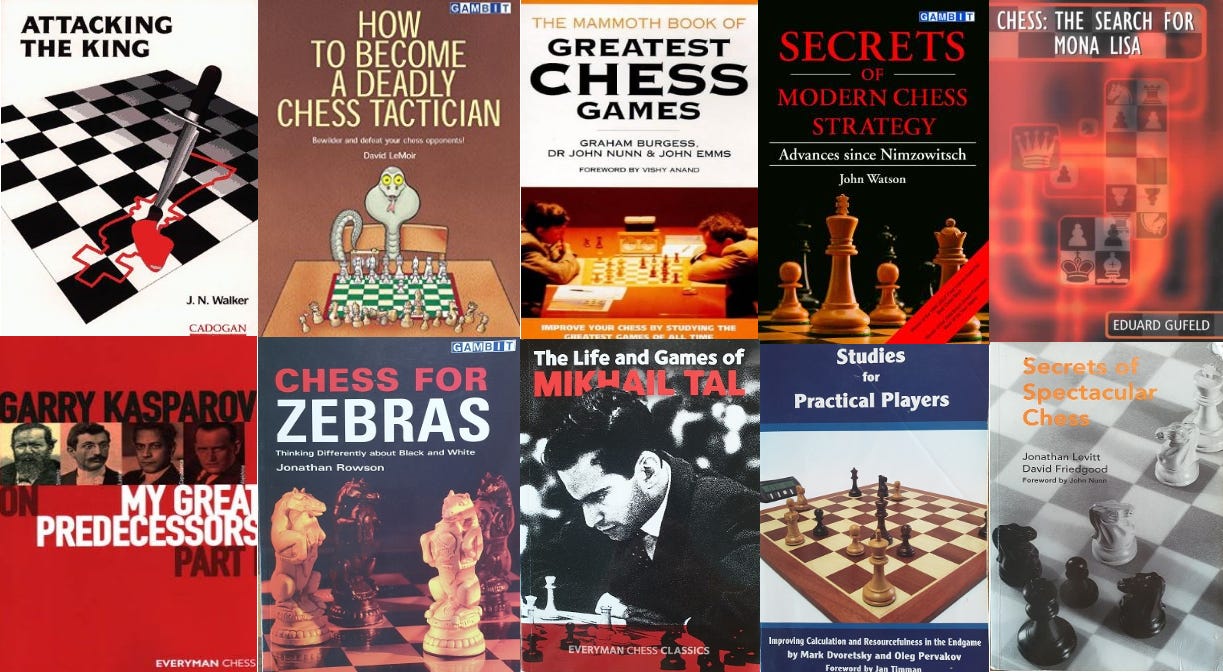
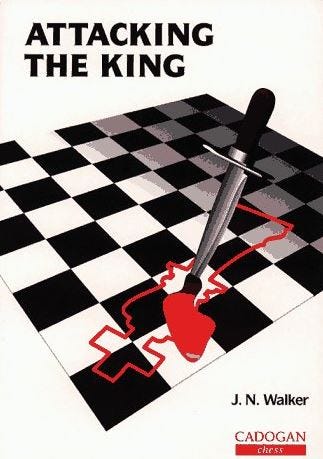
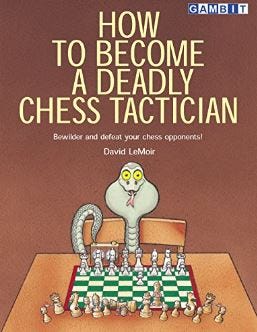
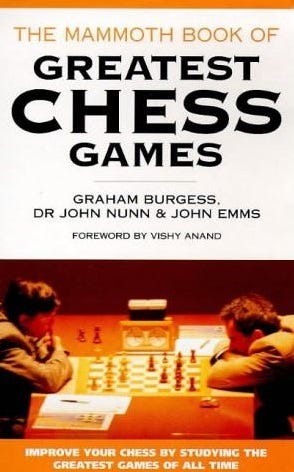
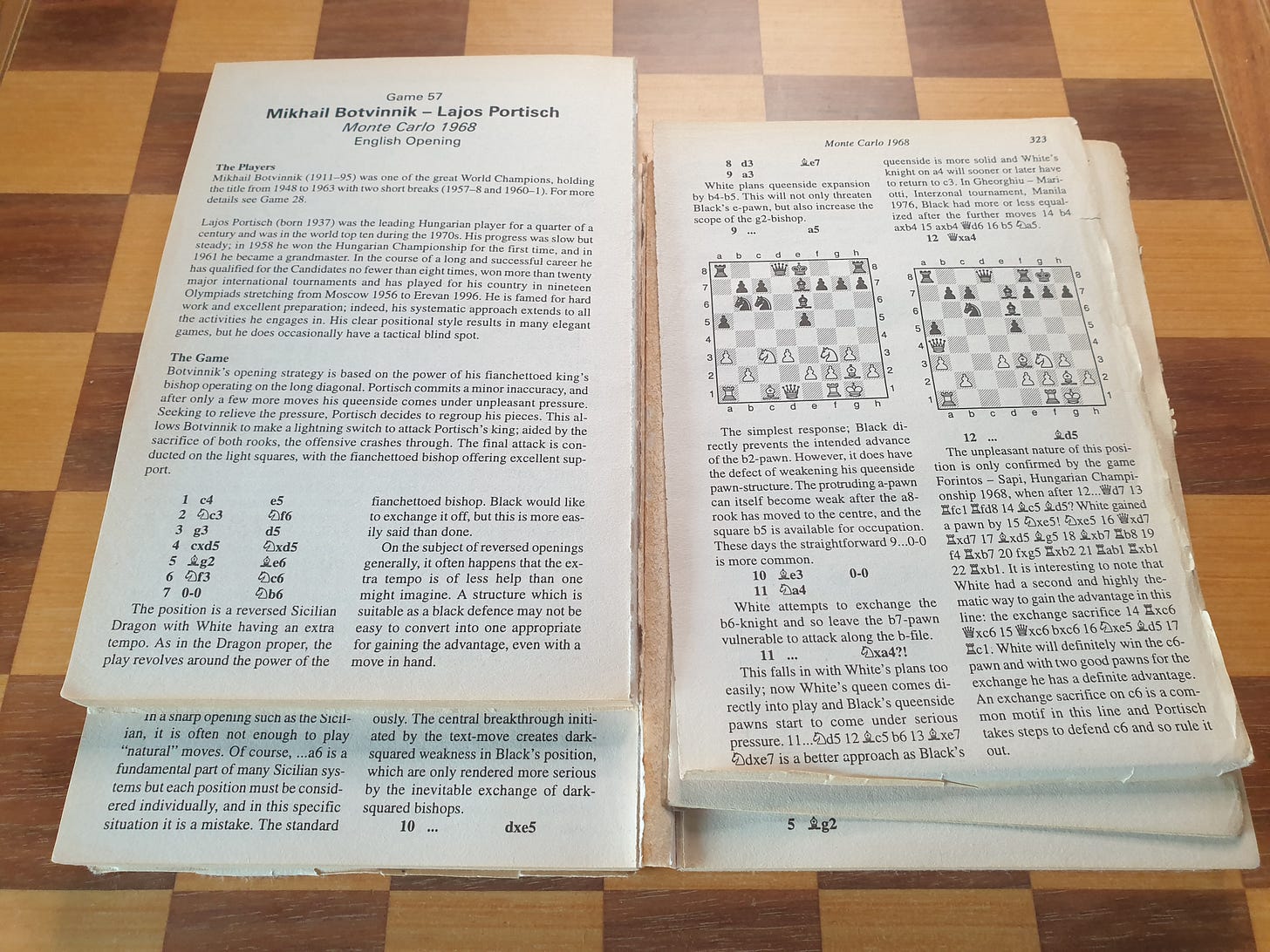

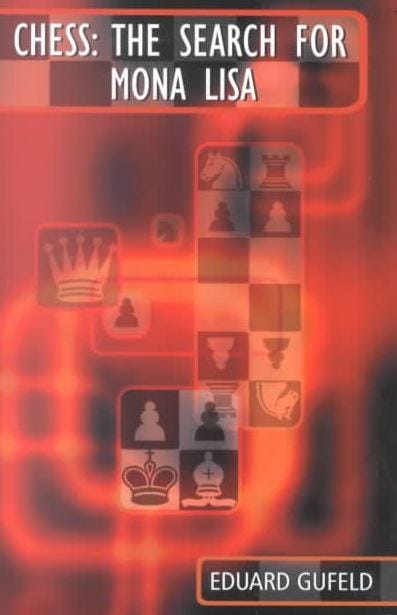
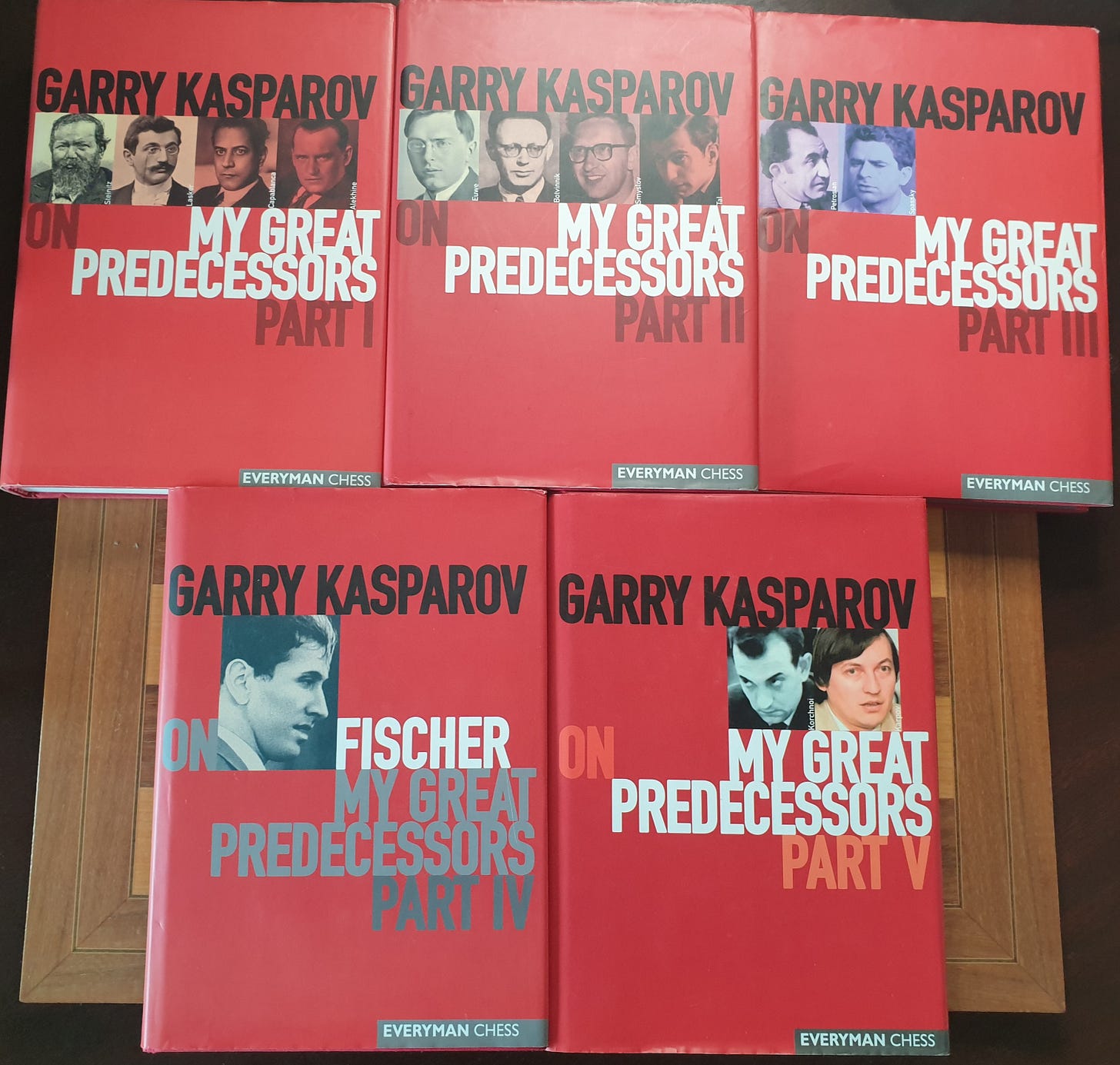

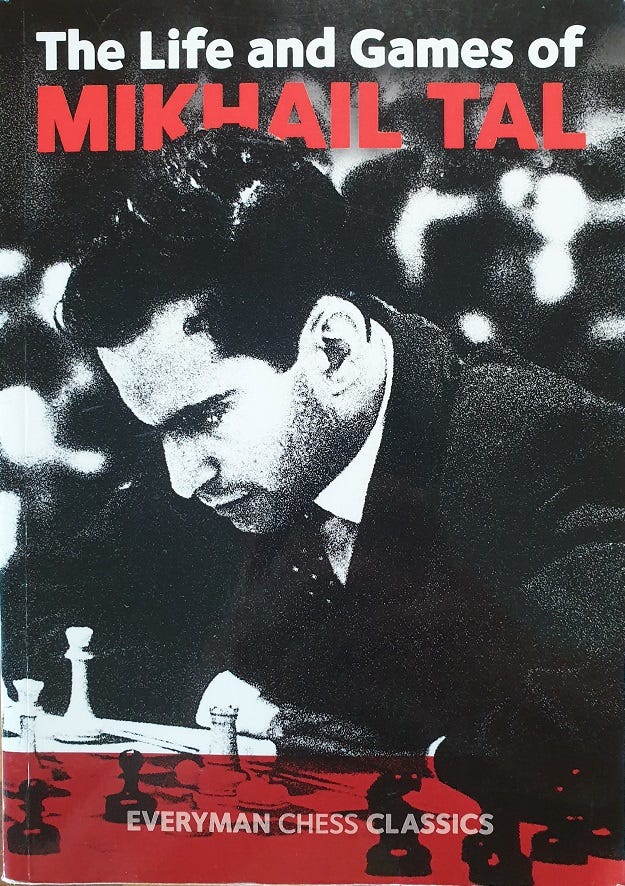

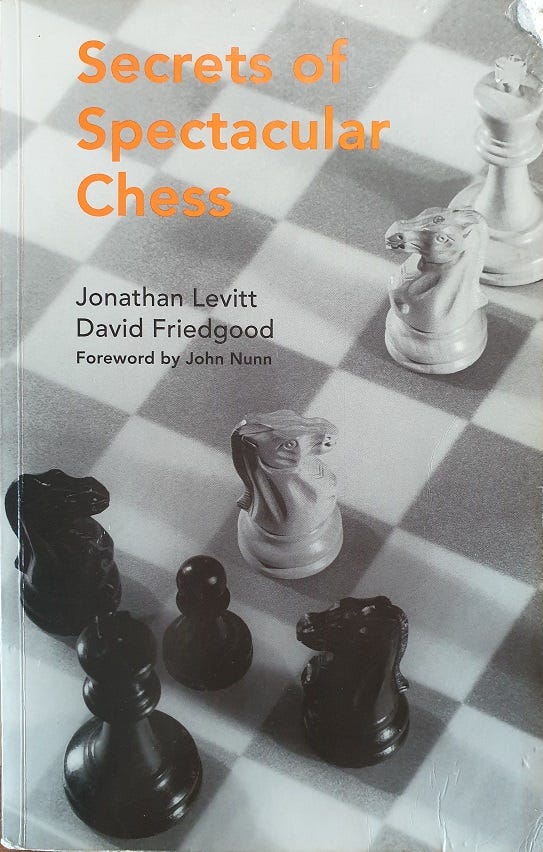
Great list Junta! I am a big fan of most on this list that I have read, so I guess I should also check out #s 1,2,5 and 9!
Many thanks. Great photo of your clearly much loved “Mammoth Book of the World’s Greatest Chess Games”. I look forward to getting it when I can truly appreciate it.